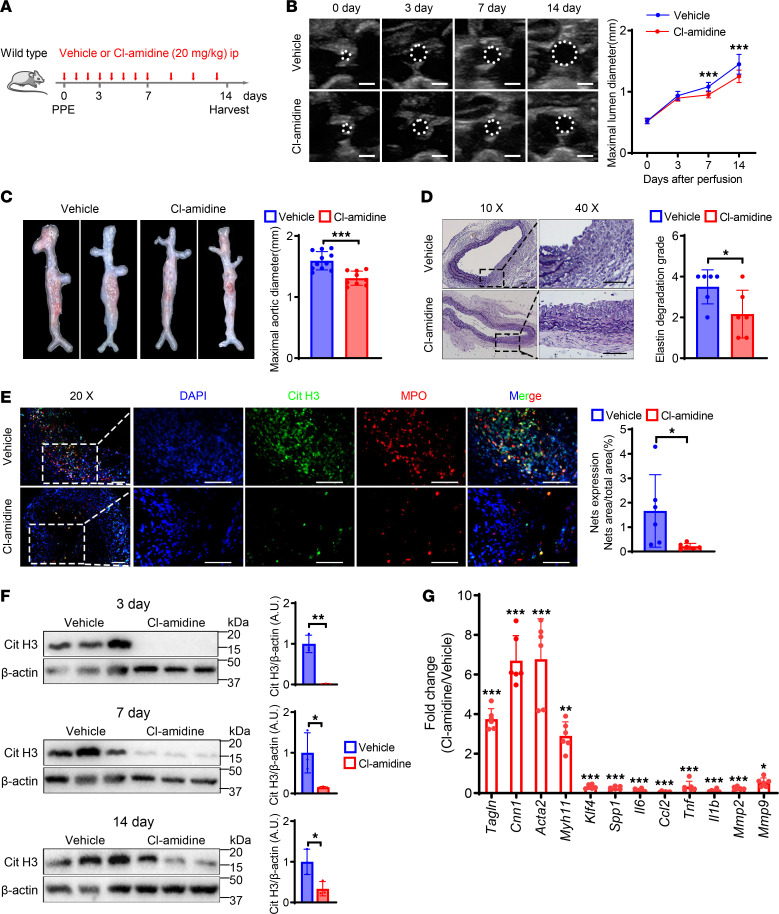Figure 2. Inhibition of NETs alleviates elastase-induced AAA in mice.
(A) Schematic diagram of the animal study to verify the effect of Cl-amidine administration on PPE-induced AAA. (B) Representative ultrasound images and quantitative comparison of maximal lumen diameter in mouse abdominal aorta at different time points with various treatments. n = 13 in vehicle group and n = 15 in Cl-amidine group. Scale bar: 1 mm. (C) Representative macroscopic images and quantitative comparison of maximal aortic diameter in mouse abdominal aorta at 14 days after PPE-induced AAA. n = 11 in vehicle group and n = 9 in Cl-amidine group. (D) Representative VVG staining images and quantitative comparison of mouse abdominal aorta in PPE-induced AAA. n = 6. Scale bars, 50 μm. (E) Representative immunofluorescence staining images and quantitative comparison of NETs in mouse abdominal aorta after PPE-induced AAA. NETs’ expression was calculated by NET area/total area (%) according to the fluorescence colocalization of DNA (DAPI, blue), citrullinated histone 3 (Cit H3, green), and myeloperoxidase (MPO, red). n = 6. Scale bars, 50 μm. (F) Representative Western blot image and quantitative analysis of Cit H3 protein expression in mouse AAA tissue at different time points with various treatment. n = 3. (G) qPCR analysis of contractile, synthetic, inflammation, and matrix metalloproteinase genes’ expression normalized to the mean expression of housekeeping gene (Actb) in mouse abdominal aorta from vehicle and Cl-amidine administration after PPE-induced AAA. n = 6. (B and G) Two-way ANOVA followed by Bonferroni’s test. (C–F) Two-tailed unpaired Student’s t test. *P < 0.05, **P < 0.01, and ***P < 0.001. ip, intraperitoneal injection.

